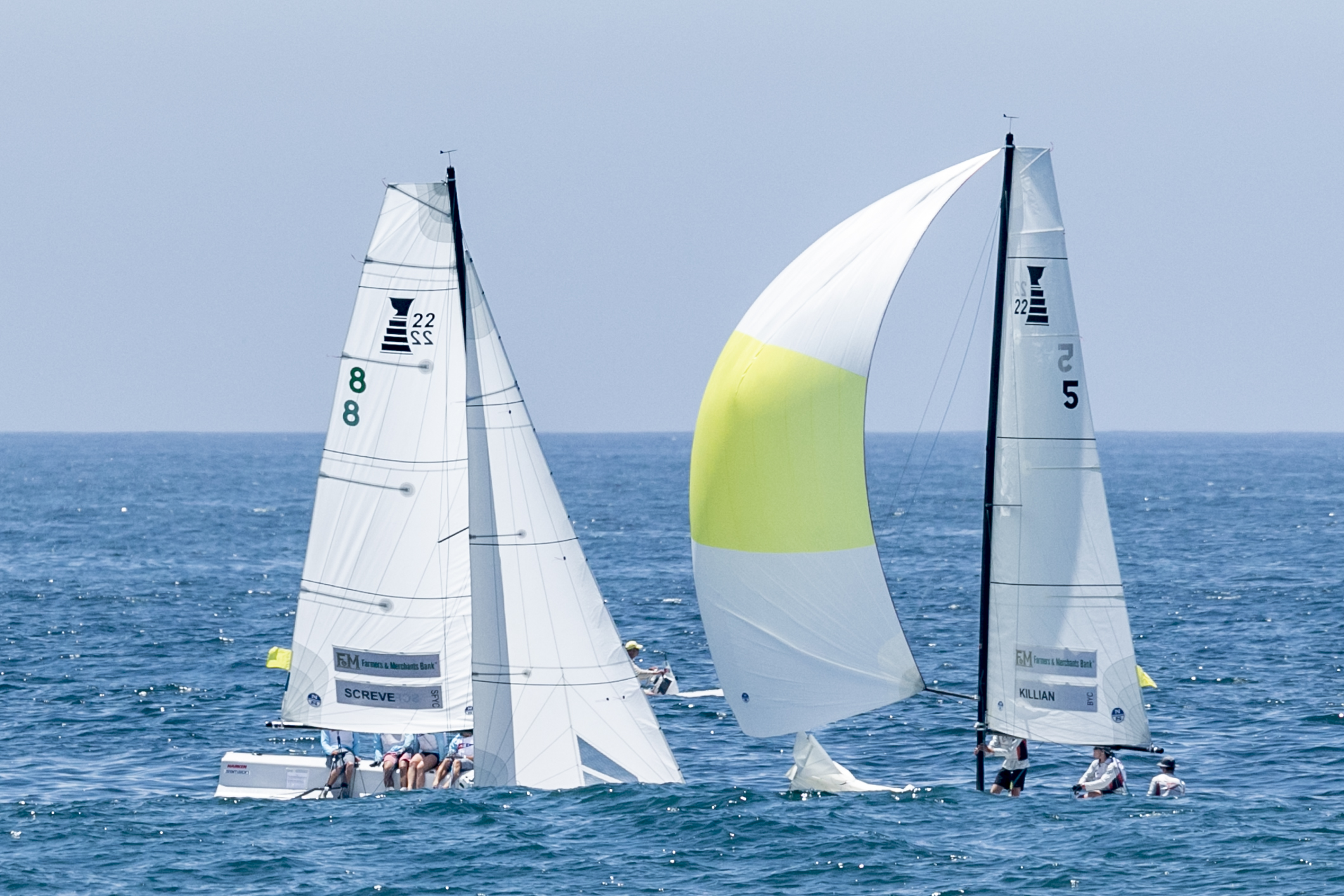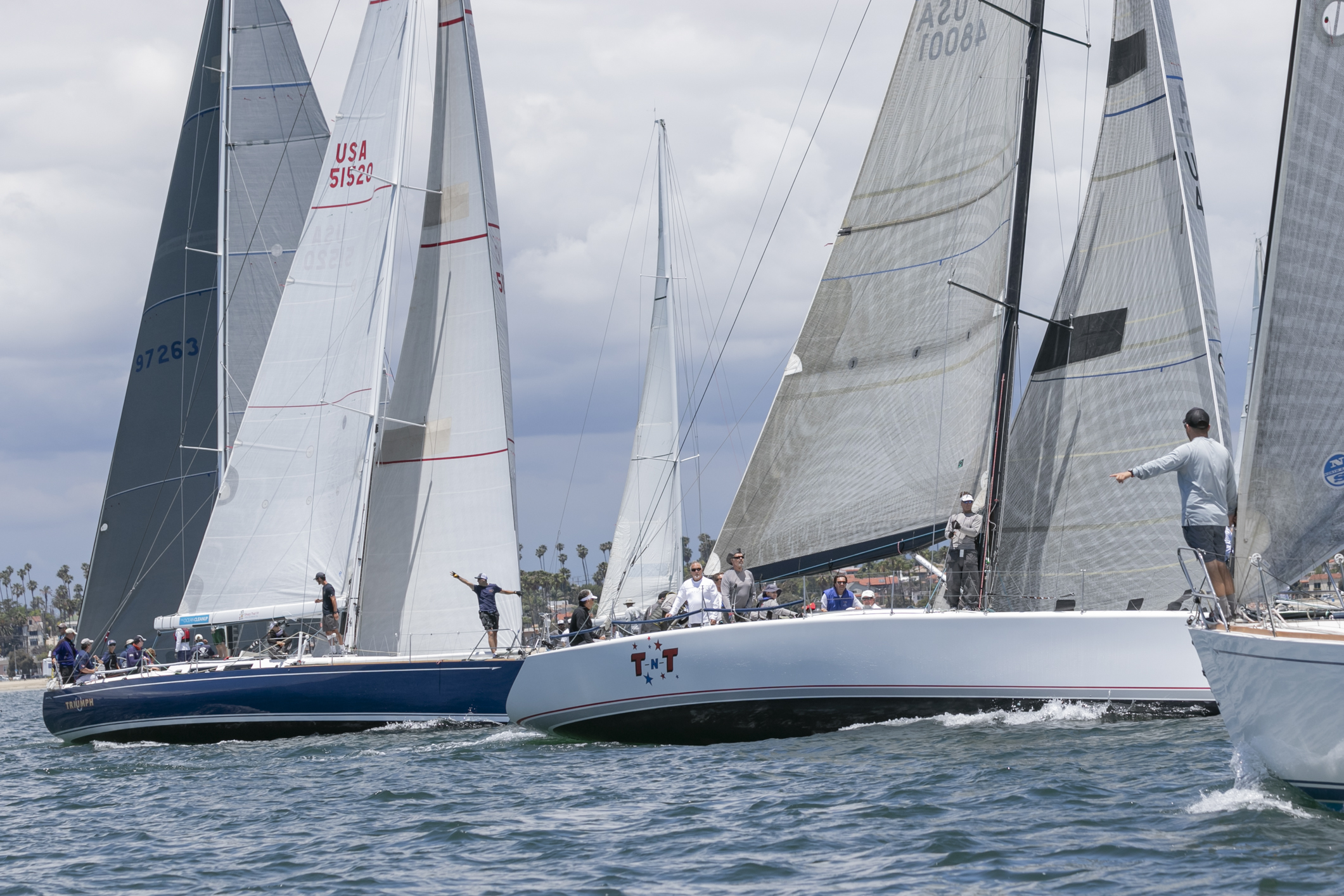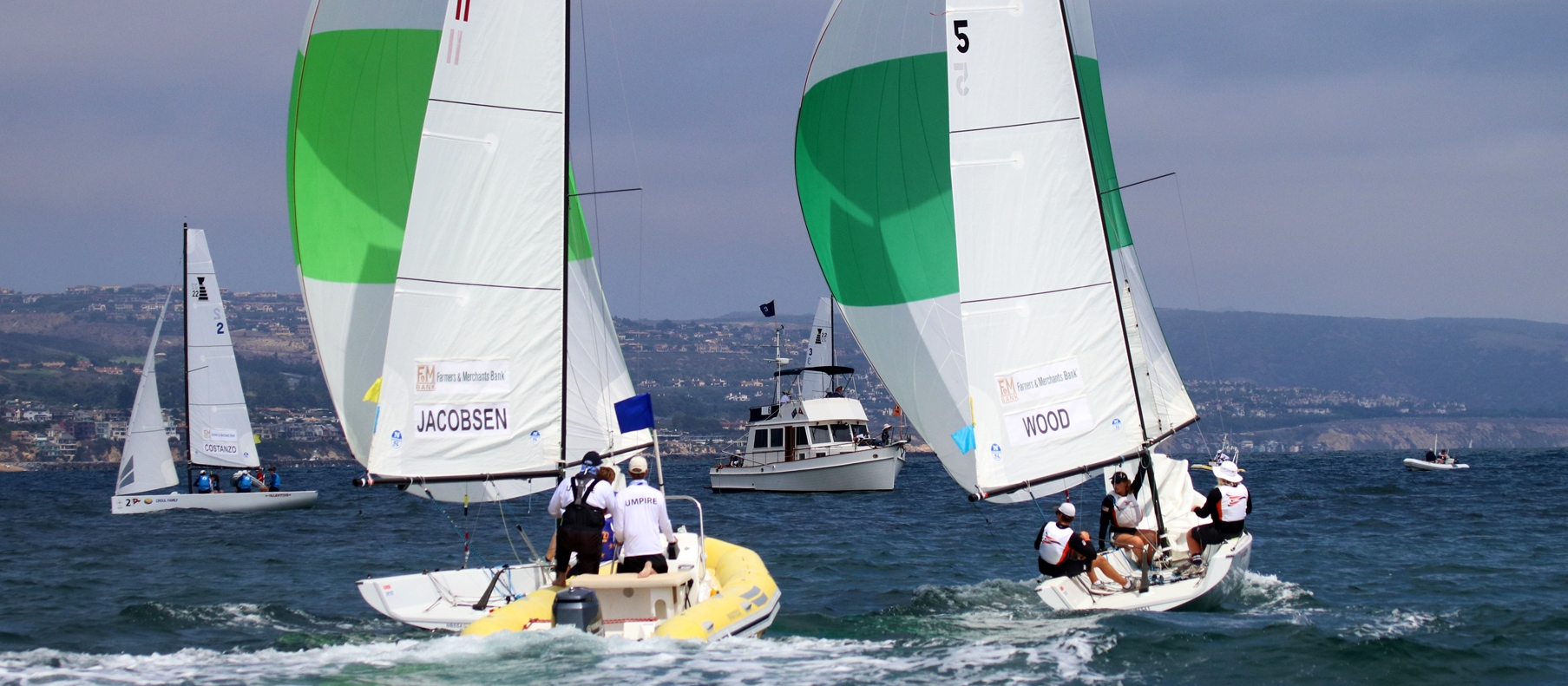Ahoy!
I cannot believe that Thanksgiving is next week, and Christmas is approaching fast on the radar. I do know to stay away from the shopping malls the Friday after Thanksgiving, as the holiday shoppers have no mercy while trying to save a buck.
Also, Thanksgiving weekend is a great time to go boating, weather permitting, and I regularly see families out cruising the harbor with their visiting relatives. You might want to plan spending Thanksgiving dinner while anchored in Newport Harbor’s large turning basis or in a cove on Catalina Island.
As discussing boating safety is better done while underway in a relaxing casual atmosphere versus during an actual emergency, it would be a good time to talk with everyone how you will handle someone falling overboard. What is the most readily available floating object to throw to someone in the water? I have always taught new boaters to keep a lifejacket (PFD) near the helm, so the skipper in a flash could throw the lifejacket to someone in the water. Throwing a lifejacket is usually a lot quicker then trying to find the ring buoy, which can be used for recovery with the line attached.
You can read my Boaters’ Weather column next Friday to help you decide if boating is in your plans.
On a regional news note, boaters need to be aware that the Coast Guard is proposing to shift the northern shipping traffic lanes. Yes, there are traffic lanes in the oceans, to help guide ships into ports and harbors. Harbors – or harbours – and ports are not the same, and most recreational boaters do not know the difference. Our Lower Bay is a harbor that provides shelter and safe anchorage to boaters during bad weather or sea conditions. The largest natural small-craft harbor is Newport Harbor and dredging provided the water depths for boats to transit the waters safely. The largest manmade harbor is Marina del Rey, however MdR is still smaller then Newport.
However, I digress within my digression.
Ports are areas within a harbor for ships to load and offload passengers or cargo. Ports are mostly manmade and ports have extensive shore-side facilities such as cranes, storage areas, and transportation for trucks, trains, and buses. These are important definitions because of how Newport Harbor was originally named by Captain S.S. Dunnells in 1870. Capt. Dunnells was in charge of the Vaquero, and he cruised into our harbor, which was not named or listed on many charts. The Captain decided to call this harbor New Port, and the name stuck.
That same year, the Vaquero was used to bring lumber to New Port and an actual port was built were the old floating Ruben E. Lee Restaurant was located – where the Lower Bay enters the Back Bay by the Coast Highway Bridge. This was called Newport Landing by locals and was New Port’s first port.
James McFadden bought Newport Landing five years later, but had difficulties with boats running aground inside the harbor. The McFadden brothers moved the ship landing by building a pier off the Balboa Peninsula into the ocean. Who knows which pier the McFadden brothers built?
Wow, I really digress. Back to the shipping lanes.
They’re in the Santa Barbara Channel, and the relocation idea is to protect the whales by the northern Channel Islands and Marine Sanctuary. Ships from time to time do hit whales, so slower speeds and lookouts are best practices for ships transiting those waters. However, ship Captains have been altering their course seaward of the islands for years and the shipping fleets should be recognized for this proactive environmentally friendly practice.
Tip of week is the BoatUS Foundation Grassrooots Grants Program, with applications open until Jan. 4, 2012. This program is open to small, local nonprofit organizations, boating clubs and student groups for projects that will promote safe and clean boating on local waterways.
The program is looking for innovative ideas to reach out to the local recreational boaters by spotlighting the local community. The maximum grant request is $4,000, but your project may be less. Newport Harbor has many groups that can apply – from yacht clubs to the Boy Scout Sea Base, Chamber of Commerce Marine Committee, and other groups. Grants will not be awarded to government agencies, international organizations, for-profit businesses or individuals.
The best applications will be posted for public voting in the Spring 2012, and those applicants will have several weeks to promote their projects online. Visit http://www.boatus.com/foundation/Grants/default.asp for all the details.
And don’t forget: Tune in to the No. 1 boating radio talk show in the nation, Capt. Mike Whitehead’s Boathouse Radio Show, broadcasting coast-to-coast on the CRN Digital Talk Radio syndicated network every Saturday at noon, Pacific Time and replayed on Sunday at 10 am Pacific. Join Chandler Bell, Craig Carpenter, and me as we talk about “all things boating.” You can find the station listings, cable TV channels, live streaming on the Internet, and now available are apps to listen to the show for your iPhone, Blackberry, iTouch, Android, Palm, and Windows Mobile at www.BoathouseTV.com or www.BoathouseRadio.com.
Until next week, Safe Voyages!




